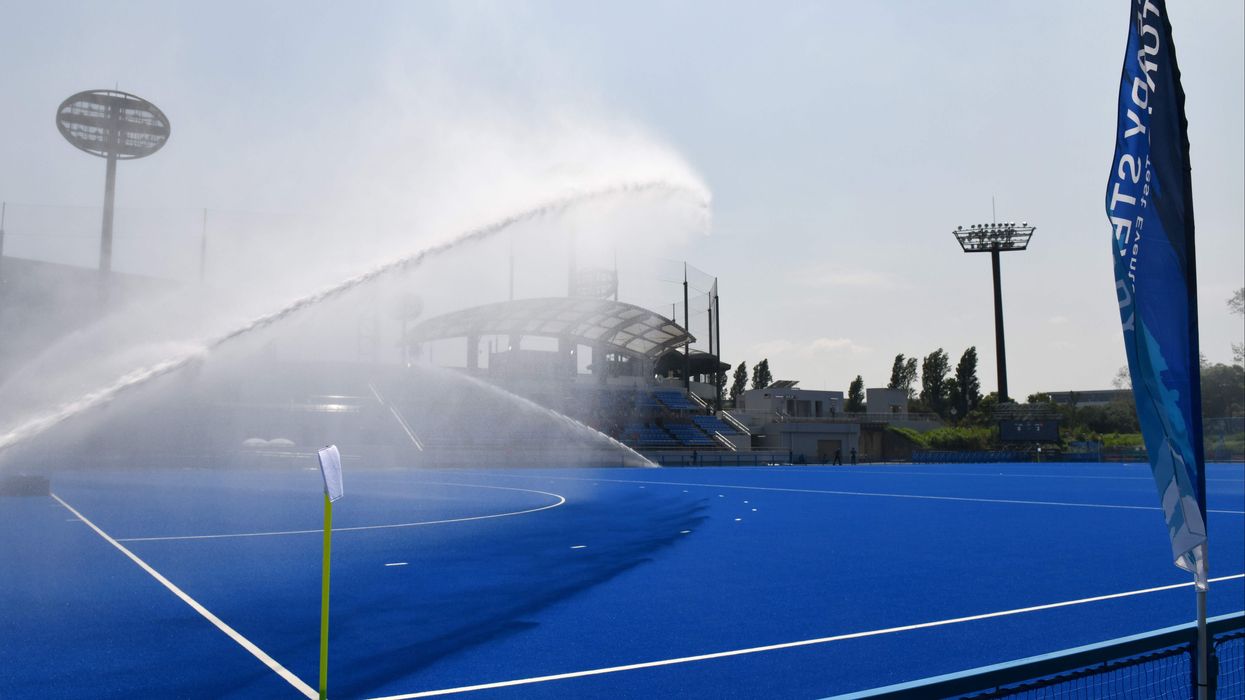With the Olympic Games in Tokyo now underway after a year delayed due to Covid-19, sporting enthusiasts are learning some little-known facts about different sports.
Viewers watching the hockey games may be surprised to see the pitch being watered before the teams start.
So, why do they do this? We explain everything below:
Which surface are hockey games played on?
Olympic hockey has been played on an artificial surface since the 1970s. The turf is designed to be perfectly even and flat.
All semi-professional, professional and international hockey matches are played on water-based surfaces, rather than sand-based.
A sand-based surface can leave athletes vulnerable to friction injuries. It is most commonly used for amateur hockey pitches, like those in schools, and uses a fine layer of sand that prevents the need for constant watering.
In elite hockey – such as that being played on the pitches at Oi Hockey Stadium in Tokyo – the game surface is particularly important.
The water-based surface used at the Tokyo games is made from Covestro CO₂ technology and other sustainable materials to make the field hockey pitches some of the most sustainable in the world, according to Sport Group Asia.
Why is the surface watered?
Before the game is played, the hockey surface must be watered.
This helps prevent the athletes from getting friction burns should they fall.
A wet pitch also allows the game to be played at a quicker pace as the ball rolls faster and straighter.
Additionally, it prevents the ball from bouncing up off the surface and potentially causing injury.
Television viewers may have seen Tokyo Olympics 2020 staff pouring water onto the hockey surface, as the moisture needs to be reapplied to the turf for full effect.














